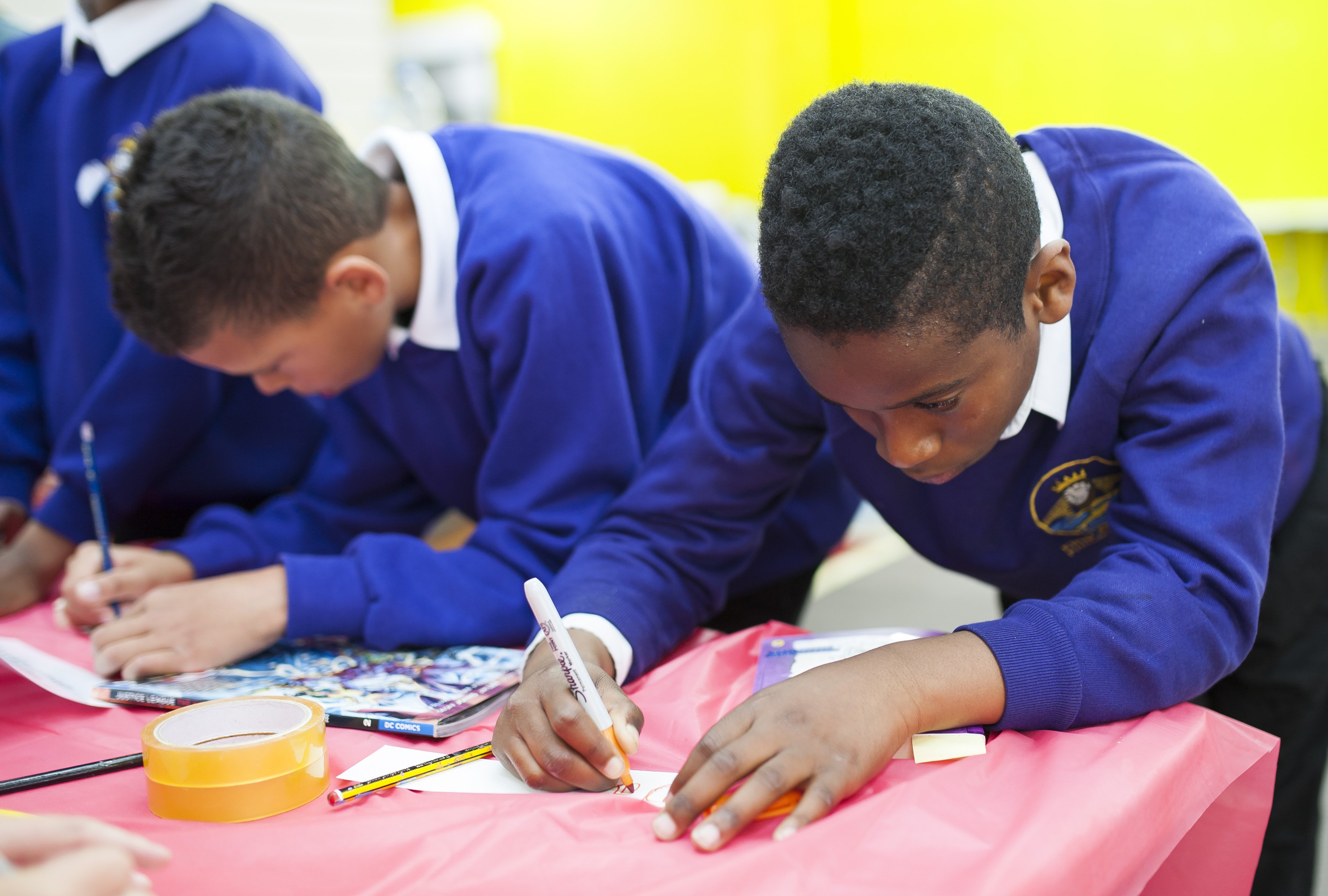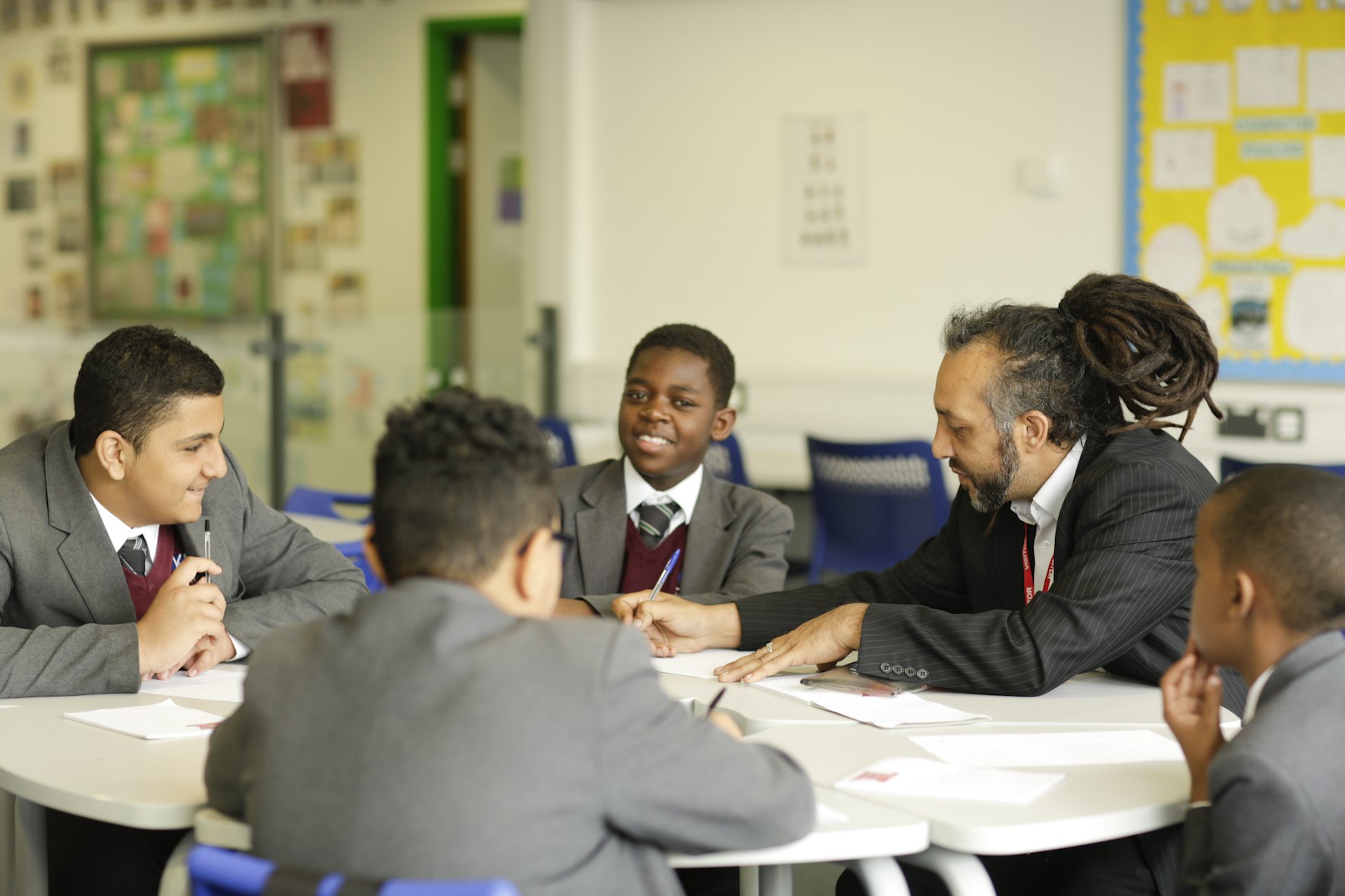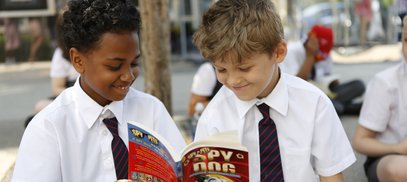Our associate trainer, Nicola Izibili, discusses the need to refresh our thinking on the gender gap in education.
As educators, our understanding of gender impacts on our profession and classroom practice in small but significant ways. We may say things to ourselves like: “I believe my classroom practice is inclusive. My students are interesting, capable, unique individuals. I have high expectations of myself and my students, teach to the best of my ability and avoid falling back on lazy gender stereotypes.” Job done.
However, as research continues to highlight, there is a gender attainment gap. It is complex and nuanced, but it persists over time and throughout every key stage. Moreover, the difference in attainment in reading and writing remains much stronger than the difference for maths.
Having delivered versions of the National Literacy Trust’s gender and literacy CPD, most memorably with an amazing group of teachers in Saddleworth, I valued the space provided for honest reflection on our own unconscious bias around gender. Recently, however, taking into account how perceptions and ideas have shifted, it’s become clear that the training needed a refresh.
So the National Literacy Trust asked me to rewrite the training, redesigning with a tight focus on improving reading and writing outcomes across Key Stages 2 and 3 for all students; it invites teachers to challenge and explore gender stereotypes, boys’ role models, respect, mentoring and community culture in their own contexts.

Throughout this process, my own reflection has continued: stereotypes, expectations, opportunities, limitations. Early in my career, there was a plethora of high-profile research published around the ‘nature’ of boys’ learning, and as a profession we remain aware that ill-judged (and often patronising) interventions and resources to ‘meet their needs’ are not the answer. Perhaps, I do have entrenched perceptions relating to ‘groups’ of students; after all, as a teacher, I am held to account for the progress of ‘groups’, as well as individuals. Perhaps the job isn’t yet done.
So, I lurked around the #edutwitter chat, amplified by the publication of Mark Roberts and Matt Pinkett’s Boys Don't Try? Rethinking Masculinity in Schools, which proved to be an insightful, witty, honest and well-researched contribution to the field.
Akala’s talk, The Power of Education, given at Kingston University to launch Black History Month, offered a fresh and honest perspective on what education can be and some of the barriers faced by male students. He explored his own upbringing and education, in and out of schools, and how he built on the opportunities offered him, as they presented themselves.
In August, I read Ralph Fletcher’s The Writing Teachers’ Companion, in preparation for #WritingRocks, the monthly writing for pleasure twitter chat, which is about how seminal research findings are reflected in and might inform our practice. He identifies several approaches to make the writing classroom more boy-friendly, which I shared with the #WritingRocks community and asked: ‘What steps do or might you take to make your writing classroom more inclusive?’

Being a part of a purposeful writing community is truly a special thing. I see this in my own business, The Writing Web, where small groups of students in Years 5 to 7 support one another in writing about what interests them. As I interact with the students, solely through their writing, it is clear how much collaboration impacts on the content, structure and frequency of their writing. Honest sharing helps them to develop, explore and refine their thinking, enabling them to make increasingly purposeful writerly choices.
The whole process of exploring my own unconscious bias around gender and creating the new course has been a joy. I read and asked questions and listened and read and read. It has been and will continue to be even more fascinating than I thought it would be. As part of my reading I stumbled upon US educator Mike Yates’ blog post where he reframed the achievement gap in his own context as an ‘opportunity gap’. He was writing about race, but his thinking can be applied to gender too.
This notion of an ‘opportunity gap’ has transformed the way I will look at school and national data in a significant way and best characterises the flavour of the new National Literacy Trust training, Gender and Literacy: Supporting Boys in Reading and Writing. We all share a common humanity but it is imperative that we commit to a two-way process of sharing our human experience; like a writers’ workshop, really. Perhaps that kind of approach to learning might be the greatest equaliser of them all.
Would you like to host training at your school? Email schools@literacytrust.org.uk and we’d love to chat to you!
